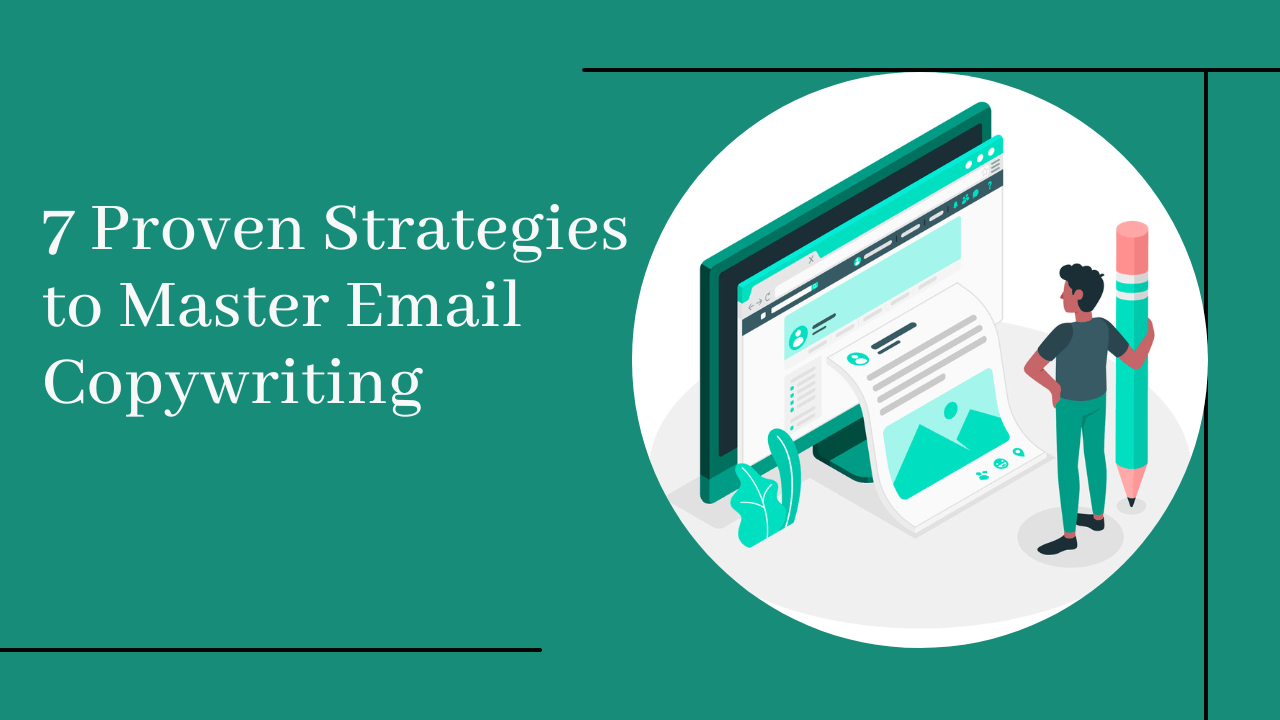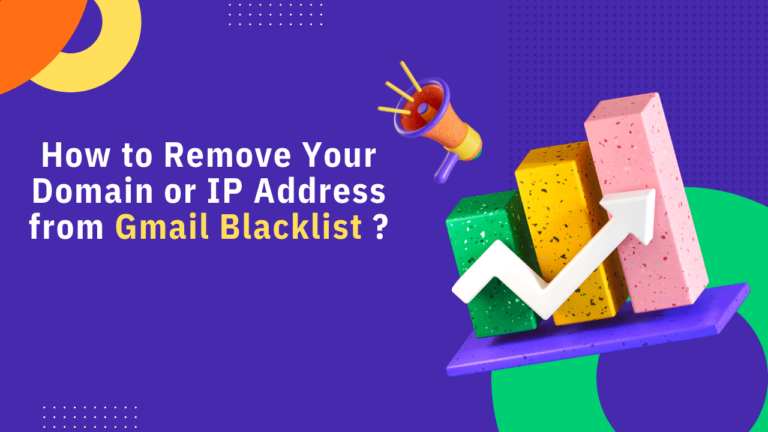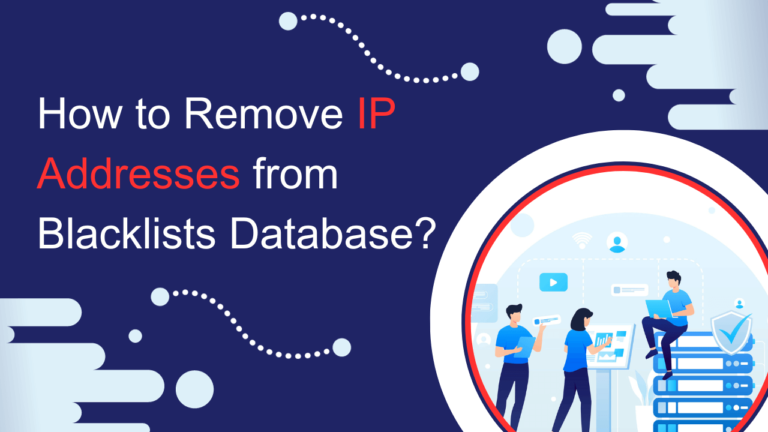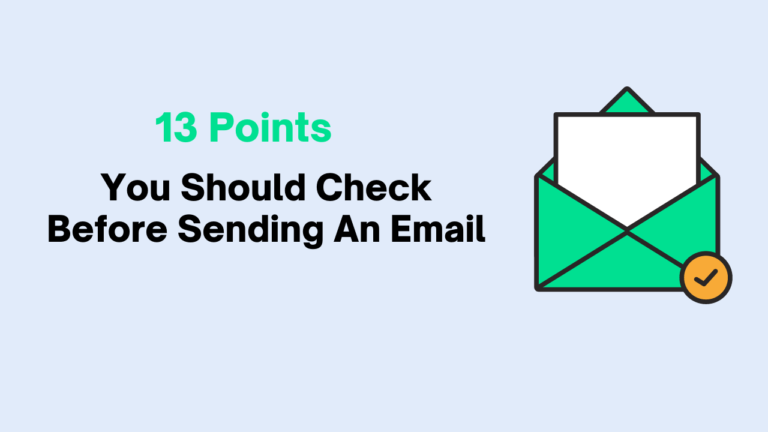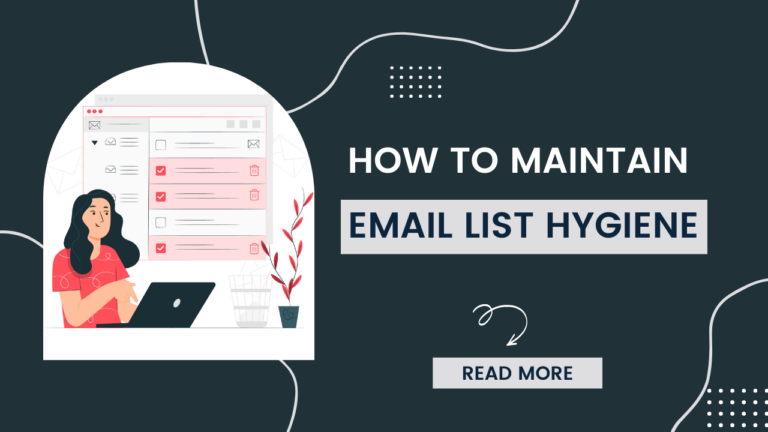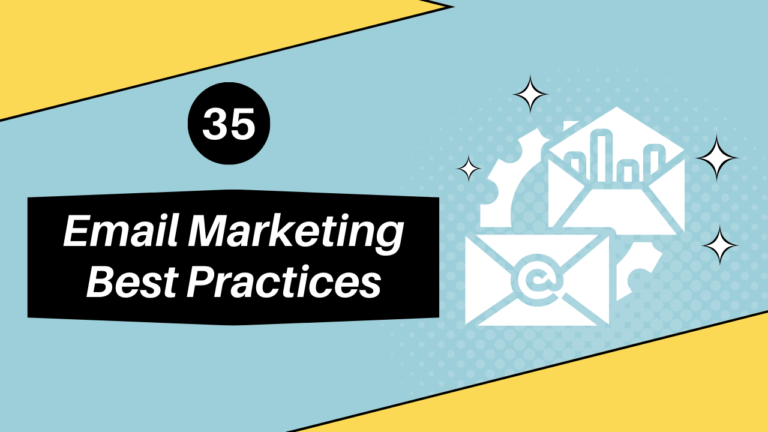Do you want to create compelling content for your email campaigns? If so, you’ve landed on the right page. In this blog post, we will be discussing 7 proven strategies to master email copywriting and create content that engages your audience.
Craft irresistible emails with these proven strategies. Learn how to use storytelling, emotions, structure, and more to write engaging email copy that turns readers into customers. Get ready to master the art of email copywriting with our expert tips!
What is Email Copywriting?
Email copywriting is the process of creating content for email campaigns. It involves crafting messages that are engaging, persuasive, and relevant to the target audience. Email copywriting is an important part of any digital marketing strategy as it can help you to build relationships with your customers and prospects.
Email copywriting requires a good understanding of your target audience, their needs and interests, and how to craft messages that will resonate with them. It also requires strong writing skills and the ability to create compelling and engaging content.
Benefits of Mastering Email Copywriting
There are many benefits to mastering email copywriting. Here are just a few:
- It can help you to build relationships with your customers and prospects.
- It can help you to create content that resonates with your target audience.
- Boost your sales and conversions.
- It can help you to stay top-of-mind with your customers.
- It can help you to establish yourself as an authority in your industry.
Proven Strategies to Email Copywriting
If you want to master email copywriting, here are 7 proven strategies that you can use:
1. Know Your Audience
The first and most important step in mastering email copywriting is to get to know your audience. You need to understand their needs, interests, and preferences in order to create content that resonates with them.
You can use tools such as surveys and analytics to learn more about your target audience. This will assist you in creating content that is tailored to their specific needs and interests.
2. Develop a Solid Email Strategy
Once you have a good understanding of your target audience, the next step is to develop a solid email strategy. This should include the type of emails that you will be sending, the frequency of sending emails, and the content that you will be including in each email.
Your email strategy should also include an analysis of the results of your previous email campaigns. This will help you to identify what worked and what didn’t so that you can make adjustments to your future emails.
3. Write Compelling Subject Lines
The subject line of an email is one of the most important elements of email copywriting. It is the first thing that your audience will see, so you need to make sure that it is engaging and persuasive.
Your subject line should be short, to the point, and include a call to action. It should also be relevant to the content of the email and entice the reader to open the email. See here how to write a perfect email subject line.
4. Structure Your Email Content
Once you have written an engaging subject line, the next step is to structure your email content. Your email should have a logical structure that is easy to follow.
Start by introducing the topic of the email and then provide a brief overview of the content. This will help to keep your reader engaged and motivated to read the rest of the email.
Next, provide more detailed information about the topic of the email. This should include relevant facts, statistics, and stories that will engage the reader. Finally, wrap up the email by summarizing the content and providing a call to action.
5. Use Visuals
Visuals can help make your emails more engaging. You can use images, videos, infographics, and other visuals to break up the text and make your emails more visually appealing.
Visuals can also help to communicate complex concepts more effectively. They can also help to increase the click-through rate of your emails by making them more engaging and eye-catching.
6. Test Your Emails
Before sending out your emails, it is important to test them to ensure that they are working properly. This can be done by sending out test emails to a small group of people and then analyzing the results.
Testing your emails can help you to identify any issues that need to be addressed before sending out the emails to your entire list. It can also help you to identify which subject lines and visuals are most effective in engaging your audience.
7. Analyze Your Results
Once you have tested your emails, the next step is to analyze the results. This will help you to identify which emails were successful and which need to be improved.
Analyzing your results will also help you to identify which types of emails are most effective in engaging your audience and increasing conversions. This will help you to refine your email copywriting strategy and create more effective emails in the future.
Tips for Writing Engaging Emails
Now that you know the basics of email copywriting, here are a few tips for writing engaging emails:
1. Keep it Short
When writing emails, it is important to keep them as short as possible. Long emails can be overwhelming for readers and cause them to lose interest.
Keep your emails concise and to the point. Concentrate on the most important details and leave out any that aren’t necessary.
2. Focus on the Benefits
In order for your emails to be effective, you need to focus on the benefits that your readers will get from reading them. Make sure that you clearly communicate the value that your readers will get from your emails.
Don’t just tell them what you’re offering; tell them how it will help them in their lives.
3. Use Power Words
Power words are those that elicit emotion and capture the reader’s attention. They can help to make your emails more engaging and persuasive.
Examples of power words include “unlock”, “discover”, “transform”, “explode”, and “unleash”.
4. Use Storytelling
Storytelling is a powerful way to engage your readers and keep them interested in your emails. Tell stories that are relevant to your topic and that will resonate with your audience.
Stories can help to make your emails more personal and relatable, which can help to increase engagement and conversions.
5. Use a Responsive Design
It is important to ensure that your emails are designed to be responsive. This means that they will look good on any device, whether it is a laptop, tablet, or smartphone.
Responsive design will help to ensure that your emails are easy to read and engage with, regardless of the device they are being viewed on.
6. Optimize for Mobile
As more and more people are using mobile devices to check their emails, it is important to optimize your emails for mobile. This includes making sure that your emails are easy to read on mobile devices, that all images are optimized for mobile, and that the call-to-action is clearly visible.
By optimizing your emails for mobile, you can ensure that your emails are engaging and effective regardless of the device that your readers are using.
Email Copywriting Tools
In order to make the process of email copywriting easier and more efficient, there are a number of tools that you can use. These tools can help to simplify the process of creating engaging emails and analyzing their results.
Some of the most popular email copywriting tools include Writesonic, Copymatic.ai, Copy.ai, and Rytr. These tools can help you to create, and write compelling copy that pique customer interaction and convert into paying customers. To increase clicks, conversions, and sales, you can write blogs, ads, emails, websites, landing pages, ebooks, product descriptions, Quora answers, and sales emails.
Mentioned all copywriting tools are completely free. It provides 1500 words for free. You can use it to write 10 email copies, articles, ads, or whatever you want.
You can also read our post How to Write a 1500+ Word Article In a Minute?
Conclusion
Email copywriting is an important part of any digital marketing strategy. By following the 7 proven strategies outlined in this blog post, you can master email copywriting and create content that engages your audience.
These strategies include getting to know your audience, developing a solid email strategy, writing compelling subject lines, structuring your content, using visuals, testing your emails, and analyzing your results.
In addition, there are a number of tools that you can use to make the process of email copywriting easier. These tools can help you to create, send, and track your emails, as well as analyze their performance.
If you are looking for a powerful and easy-to-use email copywriting tool, Ai writing tools are the perfect solution. It is a cloud-based platform that allows you to create, and write compelling copy that stands out from the crowd.
So, if you want to master email copywriting and create engaging content, follow the strategies outlined in this blog post and use the right tools. This will help you to create content that resonates with your target audience and drives engagement and conversions.

